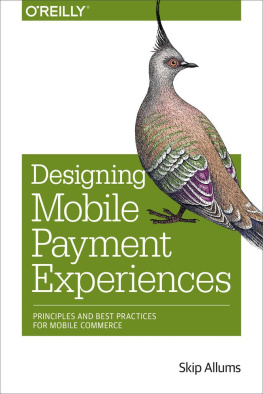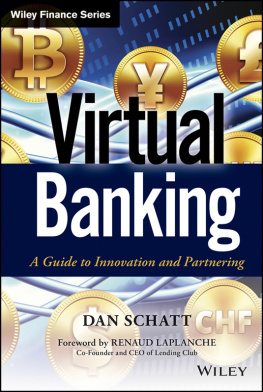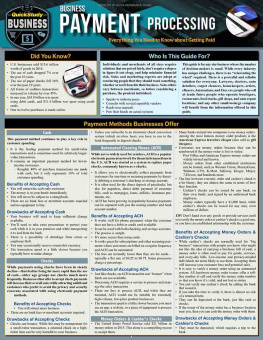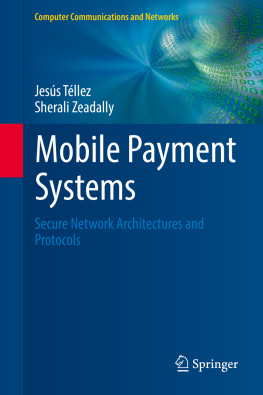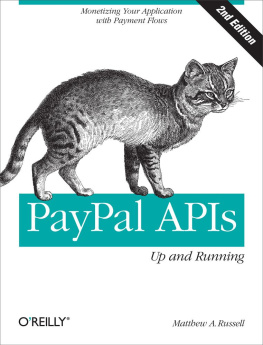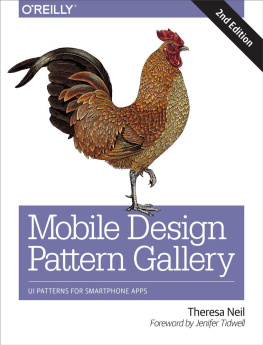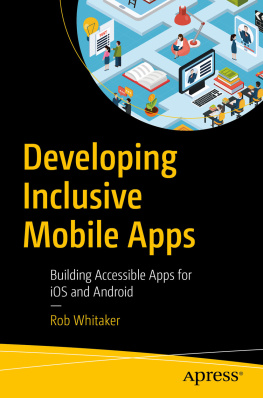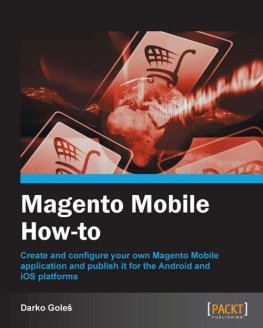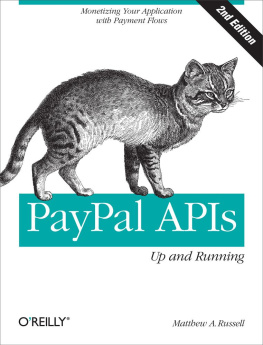Skip Allums - Designing Mobile Payment Experiences: Principles and Best Practices for Mobile Commerce
Here you can read online Skip Allums - Designing Mobile Payment Experiences: Principles and Best Practices for Mobile Commerce full text of the book (entire story) in english for free. Download pdf and epub, get meaning, cover and reviews about this ebook. year: 2014, publisher: OReilly Media, genre: Home and family. Description of the work, (preface) as well as reviews are available. Best literature library LitArk.com created for fans of good reading and offers a wide selection of genres:
Romance novel
Science fiction
Adventure
Detective
Science
History
Home and family
Prose
Art
Politics
Computer
Non-fiction
Religion
Business
Children
Humor
Choose a favorite category and find really read worthwhile books. Enjoy immersion in the world of imagination, feel the emotions of the characters or learn something new for yourself, make an fascinating discovery.
- Book:Designing Mobile Payment Experiences: Principles and Best Practices for Mobile Commerce
- Author:
- Publisher:OReilly Media
- Genre:
- Year:2014
- Rating:4 / 5
- Favourites:Add to favourites
- Your mark:
Designing Mobile Payment Experiences: Principles and Best Practices for Mobile Commerce: summary, description and annotation
We offer to read an annotation, description, summary or preface (depends on what the author of the book "Designing Mobile Payment Experiences: Principles and Best Practices for Mobile Commerce" wrote himself). If you haven't found the necessary information about the book — write in the comments, we will try to find it.
Now that consumer purchases with mobile phones are on the rise, how do you design a payment app thats safe, easy to use, and compelling? With this practical book, interaction and product designer Skip Allums provides UX best practices and recommendations to help you create familiar, friendly, and trustworthy experiences.
Consumers want mobile transactions to be as fast and reliable as cash or bank cards. This book shows designers, developers, and product managersfrom startups to financial institutionshow to design mobile payments that not only safeguard identity and financial data, but also provide value-added features that exceed customer expectations.
- Learn about the major mobile payment frameworks: NFC, cloud, and closed loop
- Examine the pros and cons of Google Wallet, Isis, Square, PayPal, and other payment apps
- Provide walkthroughs, demos, and easy registration to quickly gain a new users trust
- Design efficient point-of-sale interactions, using NFC, QR, barcodes, or geolocation
- Add peripheral services such as points, coupons and offers, and money management
Skip Allums: author's other books
Who wrote Designing Mobile Payment Experiences: Principles and Best Practices for Mobile Commerce? Find out the surname, the name of the author of the book and a list of all author's works by series.

